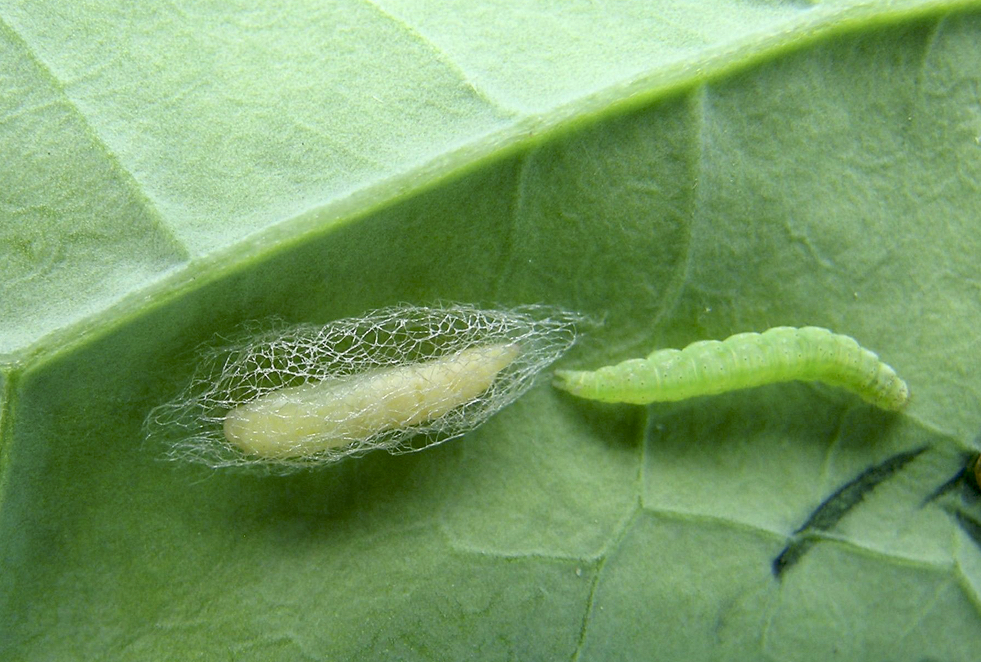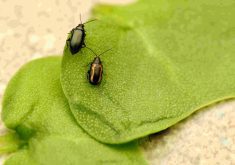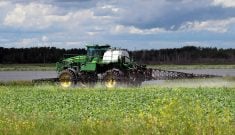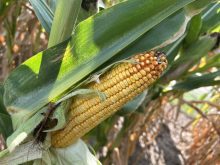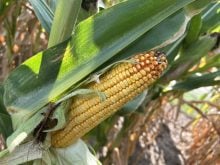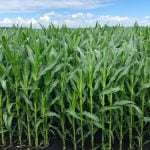Although grasshoppers and flea beetles were last season’s major insect pests in Manitoba, there were a few other players that caused significant trouble on a regional scale.
Many farmers in different parts of the province had diamondback moth and cereal aphids blow in with the winds. Others had trouble with alfalfa weevils and lygus bugs.
“They were more localized,” according to John Gavloski, provincial entomologist. “Diamondback moth and alfalfa weevil were more of an eastern concern while aphids in small grains blew in and became an issue.”
Read Also
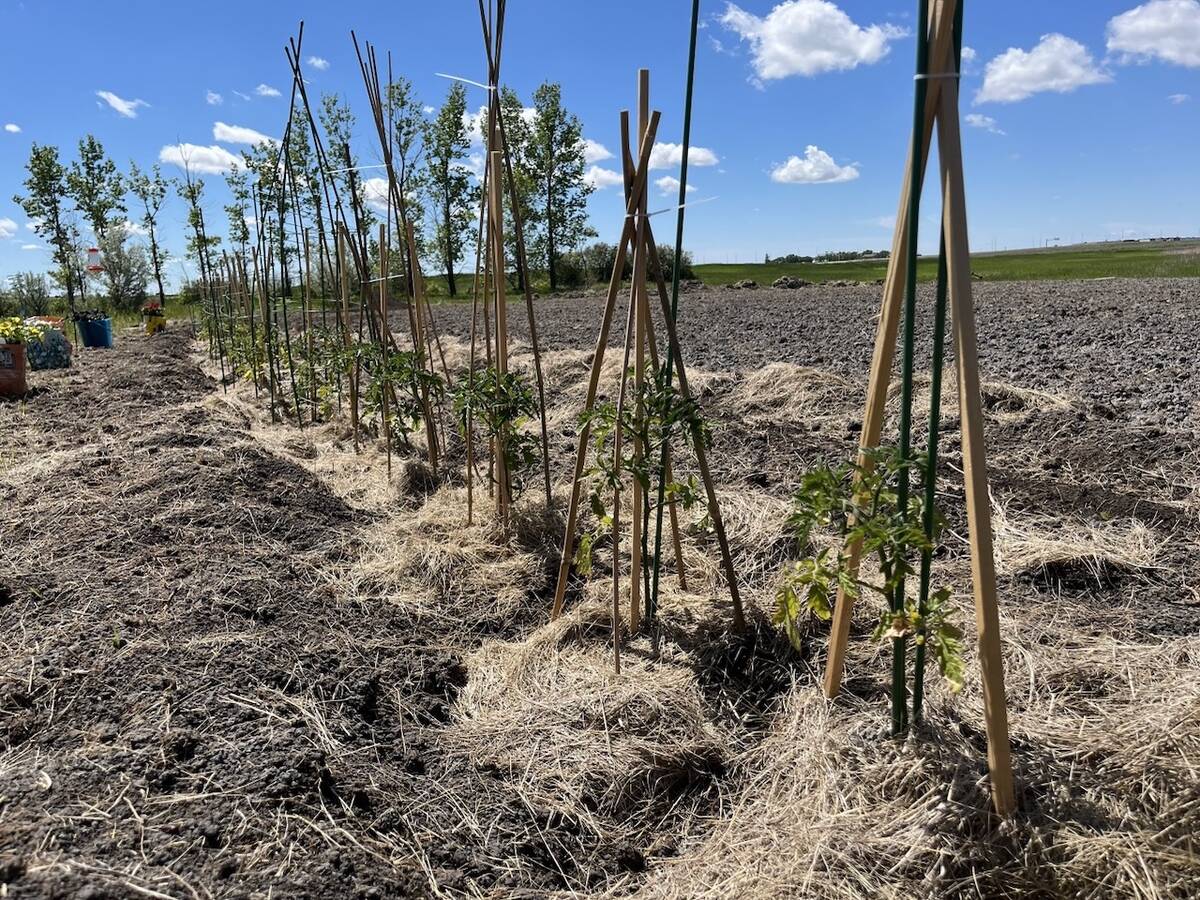
Seeding Indigenous agricultural prosperity
National Circle for Indigenous Agriculture and Food says Indigenous agricultural success needs strong relationships.
Diamondback moths are hard to predict since they don’t survive the harsh Prairie winters.
Last season’s invaders weren’t hatched here. They arrived from points south, blown in on the spring winds so a population boom in the U.S. catching a strong south wind may drop in just about anywhere.
“They get blown along and get dropped in different areas so it’s very unpredictable,” Gavloski said.
This year the ‘lucky’ recipients were the eastern part of the province, the Interlake and the eastern part of the central region of Manitoba from about mid-July to mid-August.
Although he said that their trap counts didn’t show anything you might call alarming there were some that broke a few hundred in places like Stead and Selkirk. As for next year, Gavloski cautions that the sporadic nature of a traveller like diamondback moth makes it difficult to predict.
“It’s tricky because very few, if any, will survive our winter,” he said. “We’ve had anecdotal data that a very low population may survive here in some winters but what happens here depends more on what blows in from the south so basically, keep scouting.”
Alfalfa weevil, another sporadic pest showed up last season, mainly in the Interlake and the eastern part of the province and gave considerable trouble to some dairy farmers. Many dealt with it by doing an early first cut. The larvae don’t have true legs so once the hay is cut they can’t migrate to another stand and simply starve.
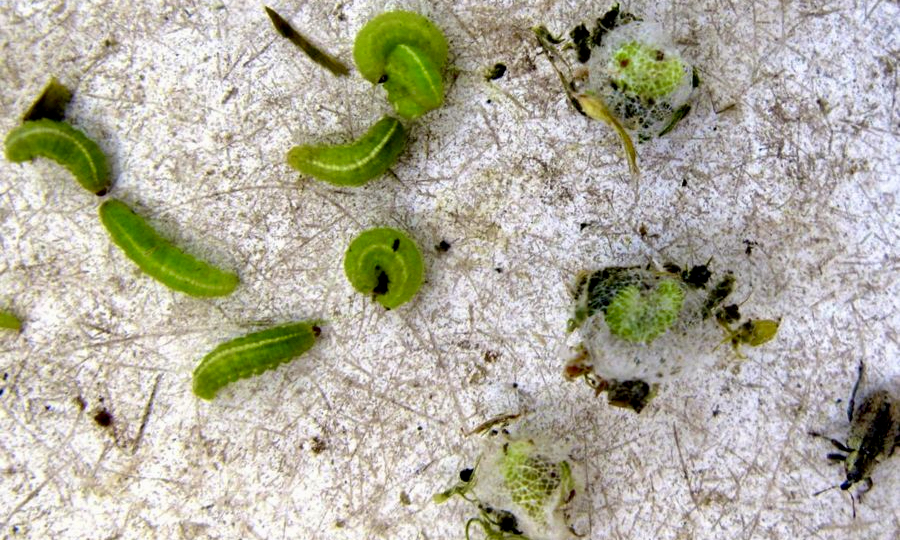
“Sometimes the most economical decision is just to cut it a little bit earlier than you normally would as long as you’re getting into that early-bloom stage,” Gavloski said. “I’d also like to point out with alfalfa weevil it’s usually a first-cut problem. Generally by the time we’re getting into second cut they’re starting to turn into pupa and they’re done for the season.”
He further cautions that in a cooler year they may grow more slowly. If that’s the case you can keep an eye on the regrowth after the first cut to make sure they’re gone.
“And ultimately what keeps alfalfa weevil in check are parasitoids,” he said. “There are a couple that seem to be particularly good at parasitizing them. Bathyplectes, a small wasp, is the main one that parasitizes alfalfa weevil and keeps them in check.”
Aphids are another surfer that arrive here on the spring winds because they don’t winter this far north. There were a few parts of the province this year where small grains were affected.
“We started to notice them in the cereals about mid-June and we did have some higher populations that got to economic levels, mainly in the east-central and southwest regions,” Gavloski said. “Some growers had a really hard time deciding what to do because they were kind of sitting on the borderline of the economic threshold.”
Many agronomists and farmers also noticed an increase in the number of aphid predators this year. There were a lot of lady beetle larvae and lacewing fly larvae, both voracious aphid predators. Gavloski mentioned another sighting that many didn’t instantly recognize.
“They were seeing these slug-like things up on the wheat heads and people were kind of baffled,” he said. “What are these things? Are they damaging the wheat?”
Agronomists started sending in photos and they were identified as hover fly maggots, legless worm-like things that were decimating the aphids. They would blindly tap around until they find an aphid, spear it with their mouthparts and suck the juice out of it. After that they’d discard it and find another.
“Hover fly adults look like bee and wasp mimics; they lay their eggs where there are aphid colonies,” Gavloski said. “They can be good predators of aphids. So if you see a lot of them on the wheat heads as well, don’t panic, that’s good. They’re eating your aphids.”
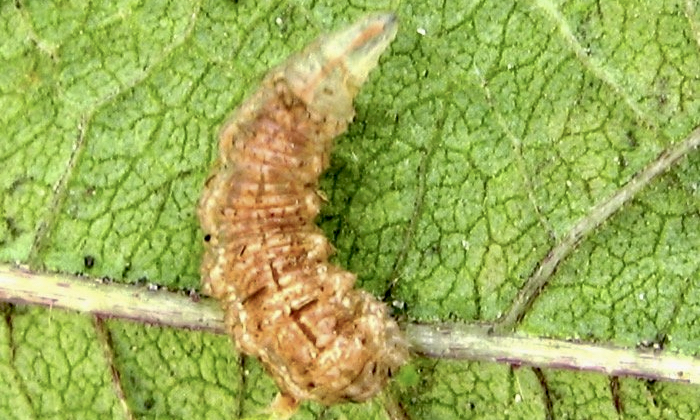
Another handy trick for managing aphids is the product of Tyler Wist from Agriculture and Agri-Food Canada in Saskatoon. He’s developed a cereal aphid manager app with data from Manitoba and Saskatchewan. It incorporates the stage of the plant, the number of aphids, the enemies you’re seeing and, if you know your aphids, it will fine-tune the recommendation based on the species.
“It does make you monitor a certain number of plants before it will spit out a recommendation for you, Gavloski said. “So if you just look at three or four plants it might not get you what you want, but if you have the patience and you’re willing to do enough plants, you’ll get your answer.”
Lygus bugs did some damage here although it wasn’t as bad in Manitoba as it was farther west into Saskatchewan. There was some spraying for lygus in canola, sunflowers, alfalfa and strawberries. There was also some lygus bug damage found on dry beans shipped to Europe.
“Dry beans and soybean are more of a transient host for lygus bugs,” Gavloski said. “It’s not where they want to settle and reproduce but they will move into it and feed as they’re moving between crops. Sometimes when you get into the early-podding stages it’s good to scout those crops for lygus.”
A few new wrinkles
One twist to this year’s insect report centred on two pests that moved into Manitoba a few years back and are now expanding their range.
There’s also a third one that’s new to our province, and John Gavloski says farmers should keep their eyes open for all of them.
The first is the cabbage seedpod weevil. It’s been here for a few years now and there are surveys underway to track how many there are and where they might be found.
“We did find populations as far east as the Gladstone area this year,” Gavloski said. “The good news, the highest counts we were getting was about one or two in 75 sweeps for our high counts. The threshold is 10 to 25 in 10 sweeps.”
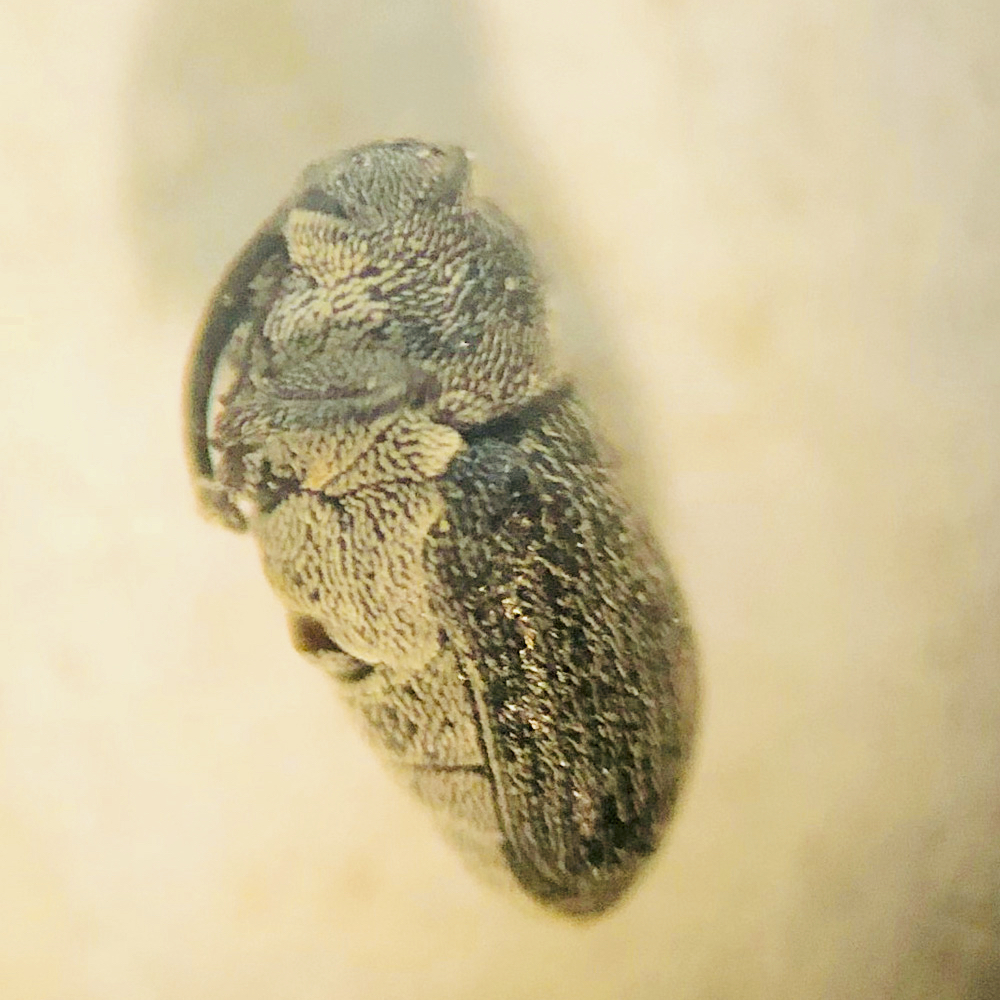
They’re moving east but not in huge numbers. They’re still way below economic thresholds.
The pea leaf weevil is also on the move. It was first seen here in 2019 when an agronomist sent in samples from up in the northwest. We thought they were staying in the northwest and were only seen at low to moderate levels.
“This year we did find them in the southwest and the central region but once again, it was keen agronomists who were finding these things,” Gavloski said. “It wasn’t in our pheromone-baited traps that we put out, it was just keen agronomists observing them, sending them in to be verified and yes, they were pea leaf weevil.”
Populations are probably not at the economic threshold yet, but Gavloski says he’ll continue monitoring them and hats off to those keen agronomists who are finding and identifying them.
“Levels are probably not at the point where I would say they were economical in Manitoba but they are something we’ll just have to continue monitoring.”
“The new insect that I want to bring to people’s attention is the western corn rootworm,” Gavloski said. “We have started to see some cornfields where you get a heavy wind event late in the season and the corn is pushed over and laying on the ground, very hard to get into and harvest,” Gavloski said. “In both cases, when you pulled up the roots there was not much left.”
The corn rootworm is actually a beetle and it’s the larvae that eat the corn roots, weakening the plant and making it susceptible to a strong wind. Populations are building but it has an Achilles heel. It’s a specialist on corn. The adults only lay eggs on corn and the larvae are not highly mobile. If you rotate away from corn for a little while they die.
“I was surprised, amazed and kind of excited,” Gavloski said. “It was the first time I’d ever seen western corn rootworm in Manitoba. I did my master’s thesis on this beast in Ontario many decades ago and hadn’t seen one in a long time.”

